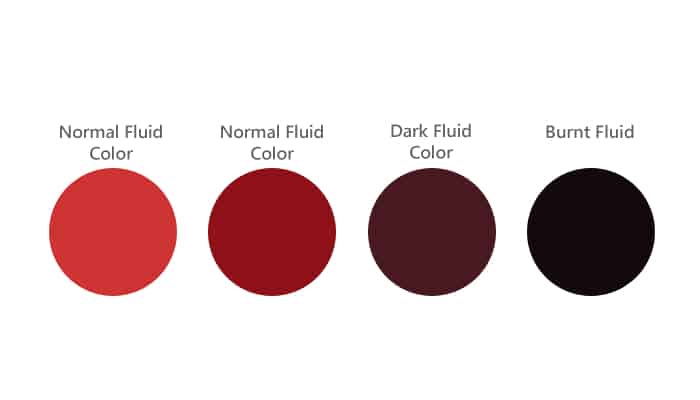2017 Honda Pilot Transmission Fluid Capacity
When it comes to maintaining your 2017 Honda Pilot, one crucial aspect is ensuring the proper transmission fluid capacity. The transmission fluid plays a vital role in keeping your vehicle’s transmission system running smoothly and efficiently. In this article, we will provide you with the necessary information about the transmission fluid capacity for your 2017 Honda Pilot.
Transmission Fluid Capacity and Type
| Popular posts |
|---|
| What to do to prolong the life of your manual gearbox |
| Automatic transmission: what it is, how it works |
Before we dive into the details, let’s take a look at the transmission fluid capacity and type for the 2017 Honda Pilot. It’s important to use the correct fluid type and ensure that you have the right amount to keep your transmission in optimal condition. Here is a table outlining the transmission fluid capacity in both quarts and liters:
| Transmission Fluid Capacity | Quarts | Liters |
|---|---|---|
| 6-Speed Automatic Transmission | 3.5 | 3.3 |
| 9-Speed Automatic Transmission | 4.4 | 4.2 |
Now that you know the transmission fluid capacity for your 2017 Honda Pilot, let’s discuss the importance of maintaining the proper fluid level.
Maintaining the Proper Fluid Level
Keeping the transmission fluid at the correct level is crucial for the overall performance and longevity of your vehicle’s transmission system. Insufficient fluid can lead to increased friction and heat, resulting in premature wear and potential damage to the transmission components. On the other hand, overfilling the transmission can also cause issues, such as foaming and fluid leakage.
To ensure you maintain the proper fluid level, follow these steps:
- Park your Honda Pilot on a level surface and engage the parking brake.
- Locate the transmission dipstick, which is usually labeled and located near the engine bay.
- With the engine warmed up and running, carefully remove the dipstick and wipe it clean with a lint-free cloth.
- Reinsert the dipstick fully and then remove it again to check the fluid level.
- The fluid level should be between the “MIN” and “MAX” marks on the dipstick. If it’s below the “MIN” mark, you’ll need to add fluid.
- Using a funnel, add the recommended transmission fluid gradually, checking the level periodically until it reaches the appropriate range.
- Be cautious not to overfill the transmission, as it can lead to complications.
- Once the fluid level is correct, securely reinsert the dipstick and close the hood.
Remember, it’s essential to use the recommended transmission fluid type specified in your vehicle’s owner’s manual. Using the wrong fluid can cause severe damage to the transmission system.
Conclusion
Now that you have the necessary information about the transmission fluid capacity for your 2017 Honda Pilot, you can confidently maintain the proper fluid level. Regularly checking and maintaining the transmission fluid will help ensure smooth shifting, optimal performance, and extend the lifespan of your vehicle’s transmission system. Remember to always follow the manufacturer’s guidelines and use the recommended fluid type to keep your Honda Pilot running smoothly for years to come.
What Color Should Transmission Fluid Be?


